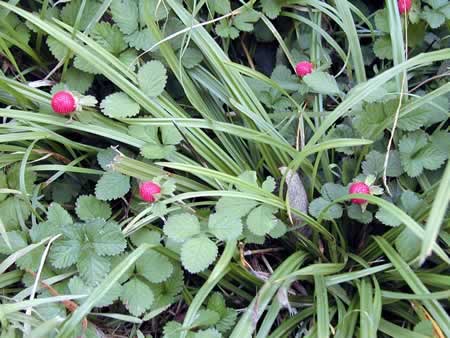|
Tsimshian
History Now Offered at School
Alaska’s
only Indian reserve and the only reservation designated by the U.S. Congress,
Annette Island and the town of Metlakatla, founded in 1887, have a rich
history, especially Native. However, it was only this past semester that
the students at the local high school could learn in depth about their
past.
Now
part of the curriculum is Tsimshian studies, a course designed and taught
by Mique’l Askren, who returned to Metlakatla High School five years
after graduating from her alma mater. When she was a student, the course
offered then sparked an interest but still she found the material simplistic.
|
|
Campers
Learn of Native Ways
On
a recent rainy morning, Kymberly Hoyle sanded a miniature Tlingit paddle
as Alisa St. Clair drew a traditional design of a beaver on tracing paper.
Inside
the Methodist camp lodge near Eagle River, other students in Camp W.A.T.E.R.
carved Native designs in cedar shingles, weighed hemlock bark for an experiment,
and brewed Labrador tea leaves for a taste test, among other activities.
The
free camp, run with a $100,000 federal grant by the Juneau School District
and the Tlingit-Haida Community Council with the help of other organizations,
attracted 40 students who have completed sixth, seventh or eighth grades.
|


![]()

![]()
![]()




